
Welcome to the
Tesla Memorial
Society of New York Website
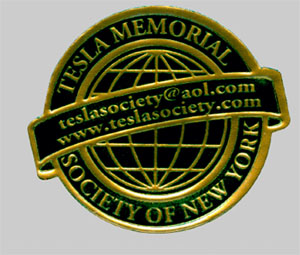

Above: Jupiter. Image from NY Times
NASA "Juno" Spacecraft Orbits Jupiter on July 4th, 2016

Nikola Tesla (1856-1943) - Scientist and Inventor.

Above: NASA's Juno spacecraft orbits Jupiter. Image from nasa.gov.
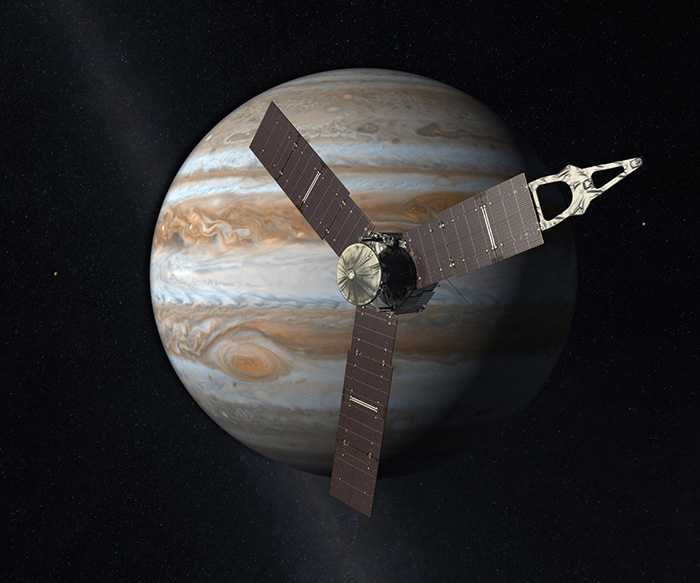
Above: NASA's Juno spacecraft orbits Jupiter. Image from nasa.gov.
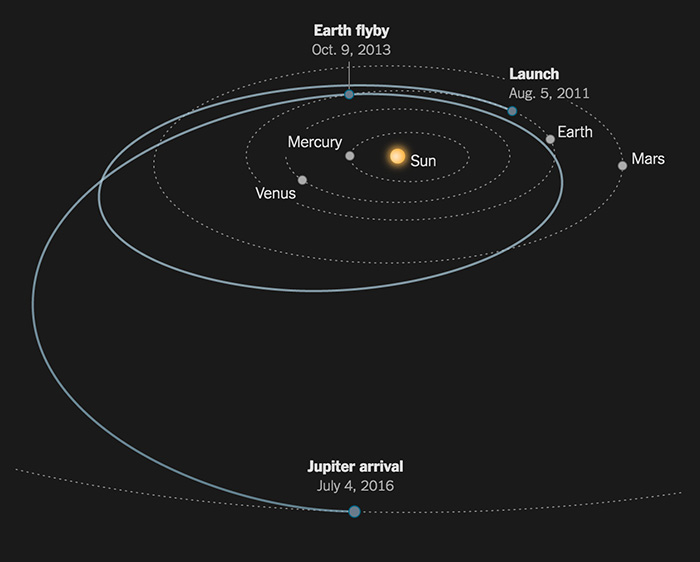
Above: A Five-Year Trip - Juno spent two years looping through the inner solar system, then slingshotted past Earth to gain speed for its long trip to Jupiter. nytimes.com.
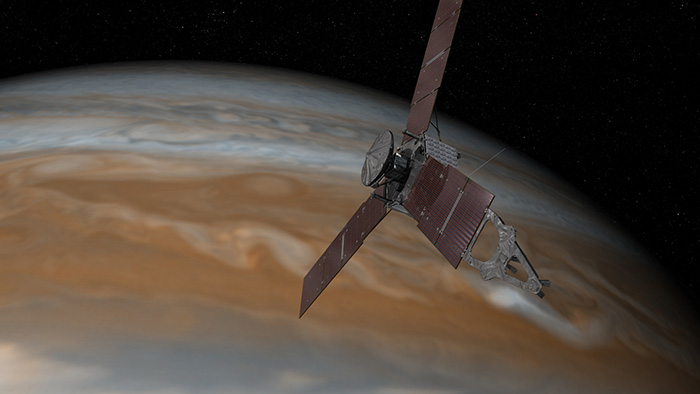
Above: This artist's rendering shows NASA's Juno spacecraft making one of its close passes over Jupiter.
Credits: NASA/JPL-Caltech. nava.gov.
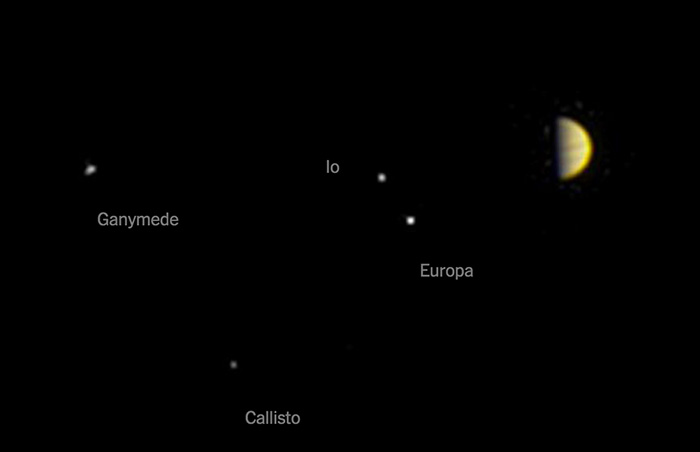
Above: The Juno spacecraft took this image of Jupiter and the four Galilean moons on June 21, from 6.8 million miles away. NASA: Jet Propulsion Laboratory, Southwest Research Institute. nytimes.com.
NASA's spacecraft Juno is now orbiting Jupiter. It had reached Jupiter after five years of travel through space. On the fourth of July, 2016, the spacecraft orbited Jupiter, celebrating America's Independence Day. This is the greatest distance any spacescraft has ever reached in space. Radio waves from Earth to Jupiter take 48 minutes and 19 seconds. The spaceship is in polar orbit to study Jupiter's composition, gravity field, magnetic field and polar magnetosphere.
Juno's orbit around Jupiter minimizes contact with Jupiter's dense radiation belts that can damage spacecraft electronics and solar panels. The "Juno Radiation Vault", with 1-centimeter-thick titanium walls, will also aid in protecting and shielding Juno's electronics.
Jupiter is known as a gas giant full of hydrogen and helium. Juno's spacecraft is the most advanced spaceraft to monitor a giant planet.
Nikola Tesla and the Exploration of Cosmos
Remotely controlled exploration of cosmos began more than 100 years ago when Nikola Tesla, the famous scientist, demonstrated the first use of radio waves for remote control in New York City. Tesla publicly demonstrated his first working model of a robot guided by radio waves. This device was unveiled to many astonished viewers at the Electrical Expoisiton held at Madison Square Garden in May 1898. This was the front page news in America at that time.
In 1898, Tesla filed and was granted a patent which described radio remote control for use in guided vehicles. Space exploration developed from this first building block. Tesla was a man ahead of his time.
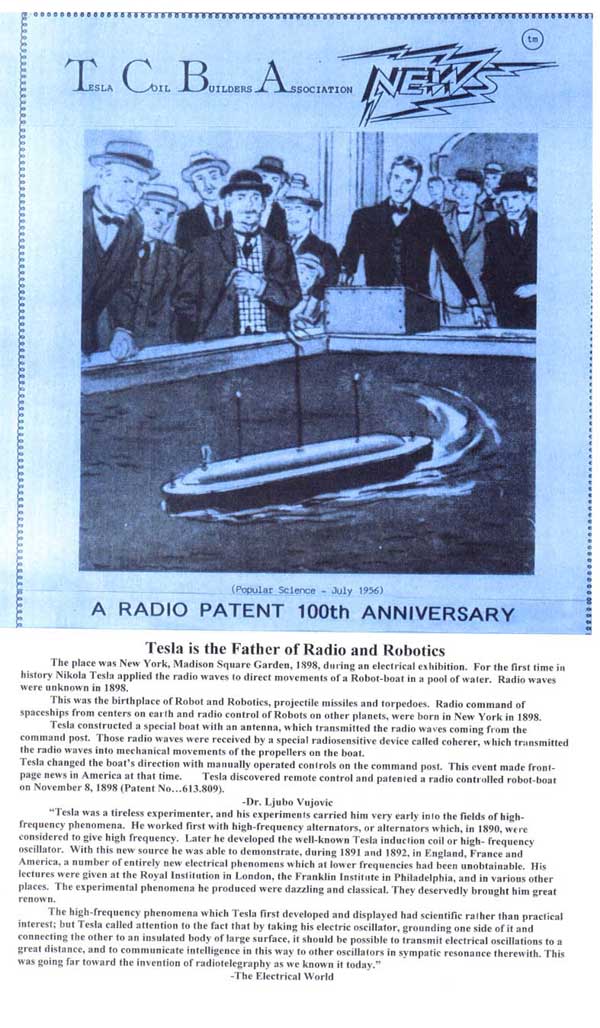
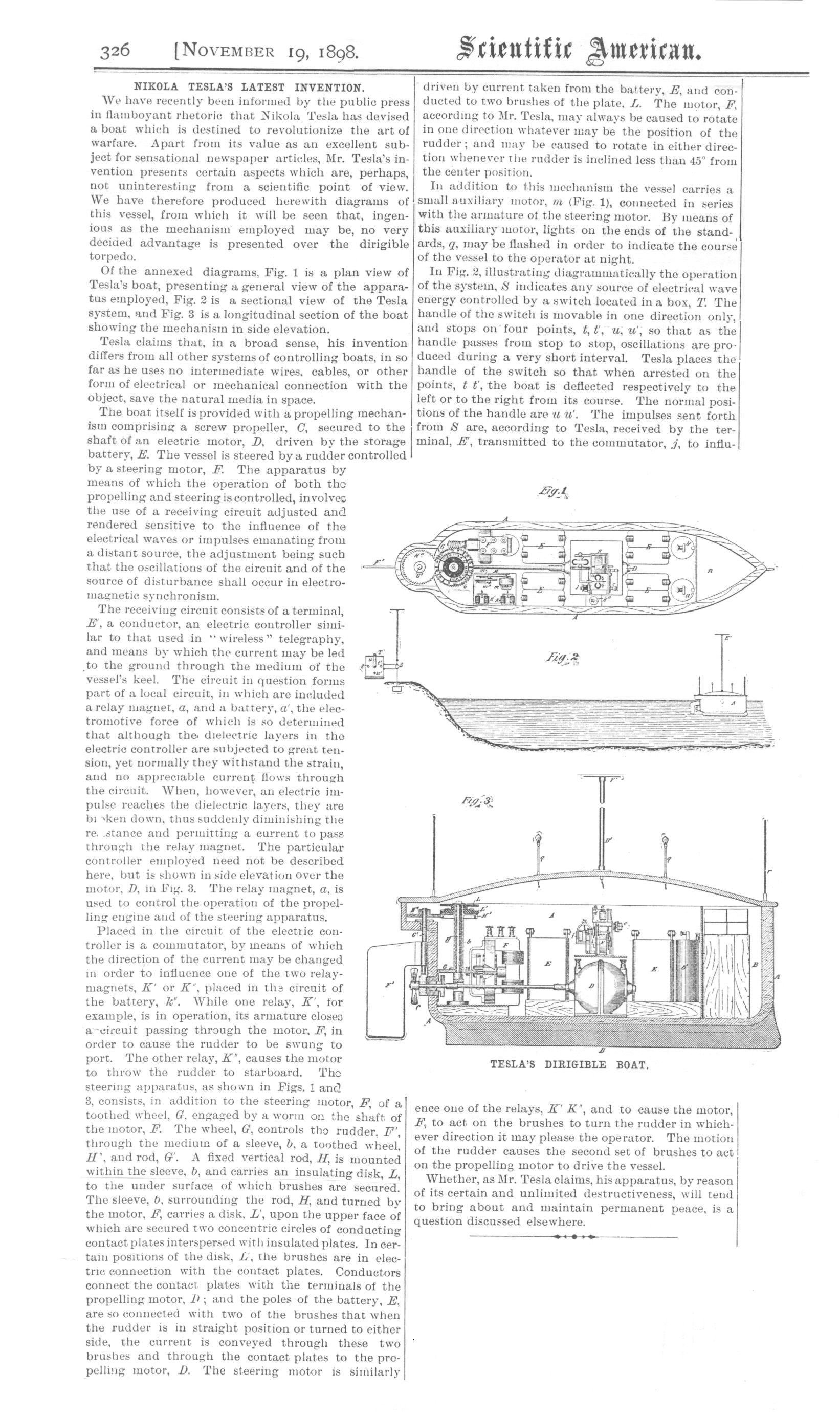
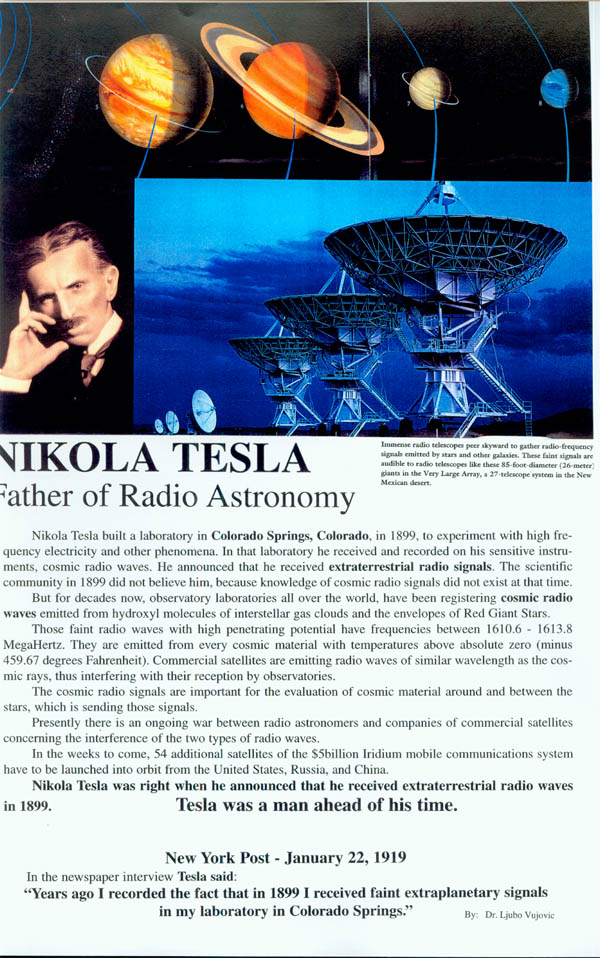
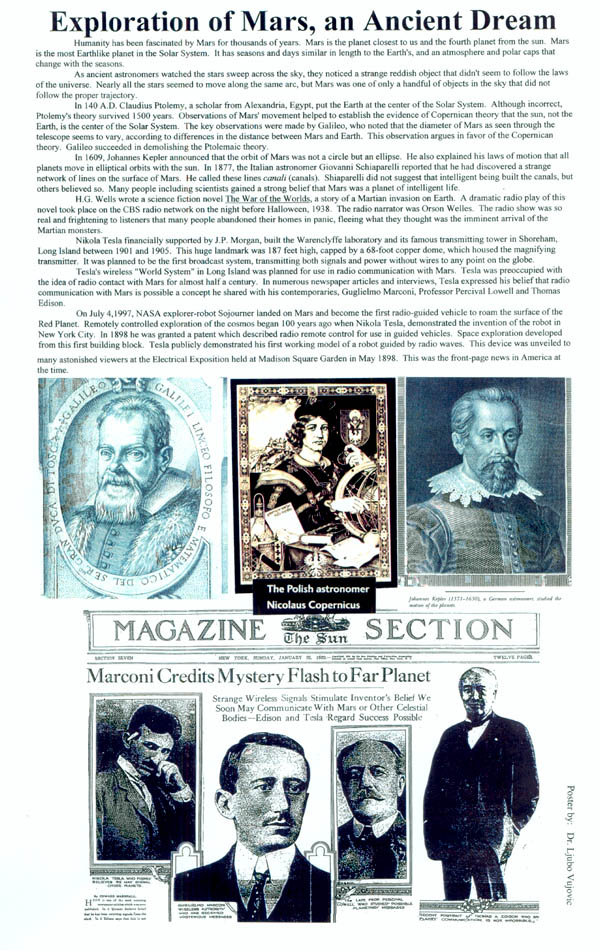
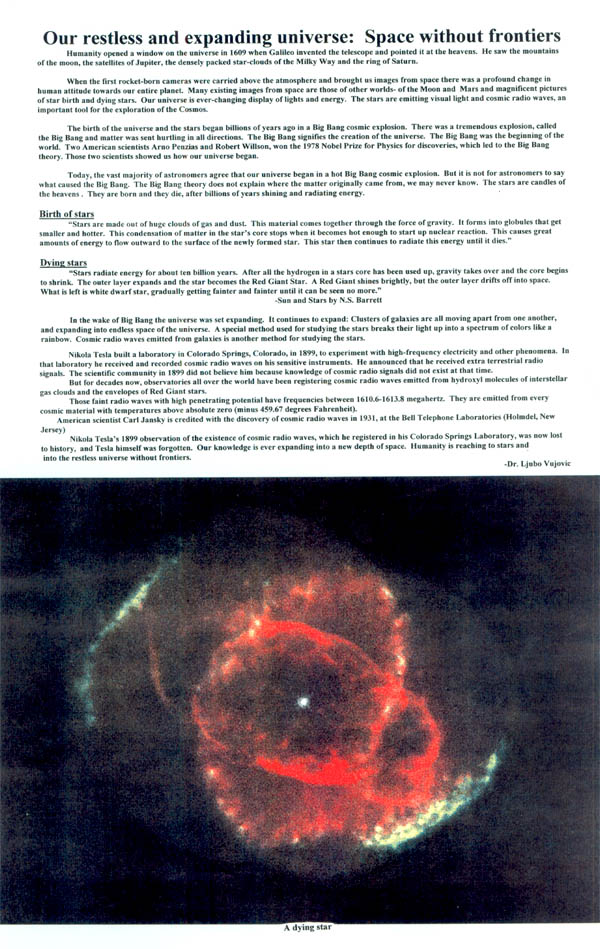
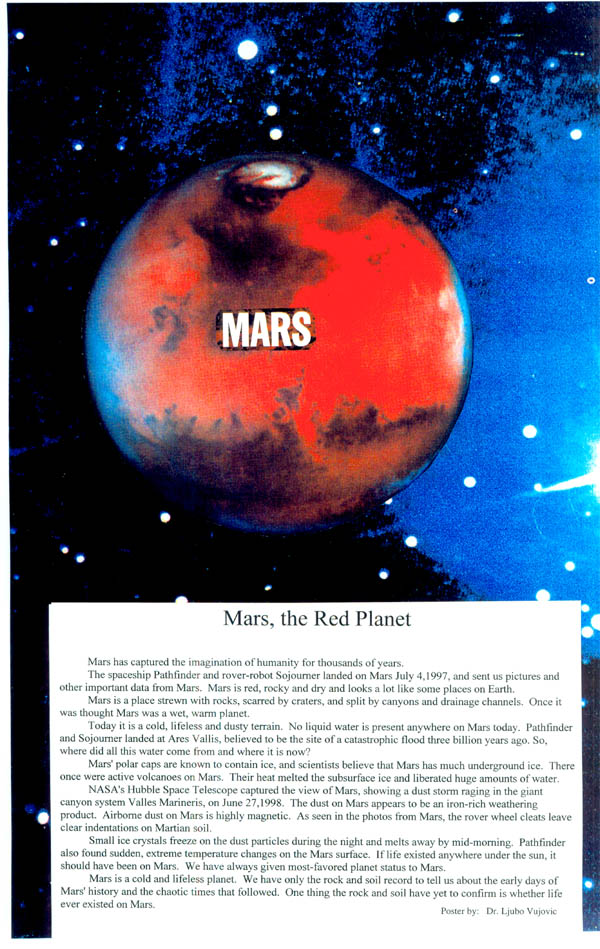
Galileo Galilei (1564 - 1642)
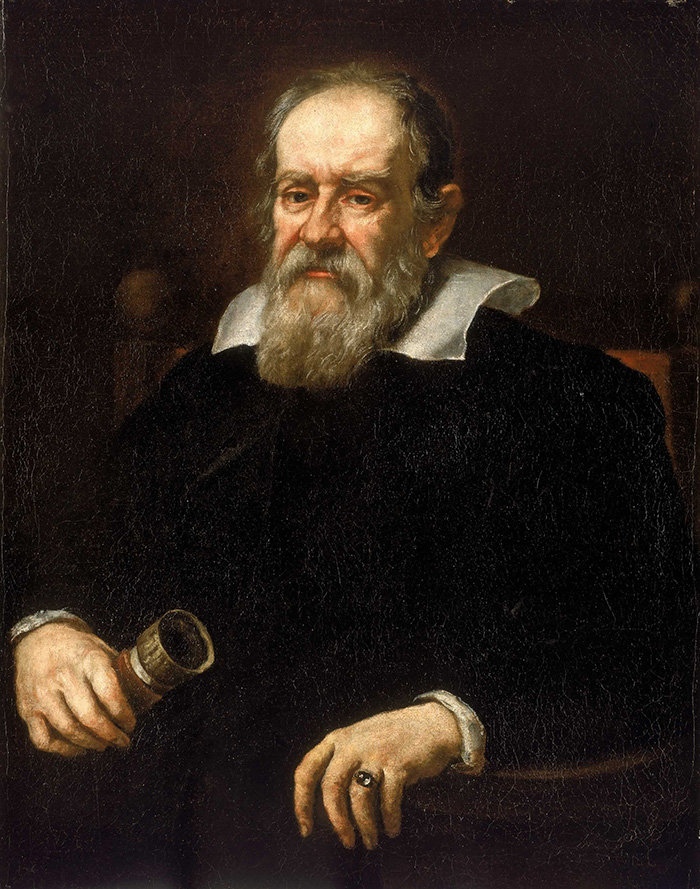
Galileo is considered the father of modern science and astronomy. He made major contributions to the fields of physics, astronomy, cosmology, mathematics and philosophy. He invented an improved telescope that let him observe and describe the moons of Jupiter, the rings of Saturn, the phases of Venus, sunspots and the rugged lunar surface.
The four moons around Jupiter are called Galilean satellites. These satellites are named Io, Europa, Ganymede, and Callisto.
The early half of the seventeenth century was a period in which there was controversy about the way the universe was ordered. Two opinions prevailed: the Aristotelian in which the Earth was the center of the universe where the other planets moved around the earth and the Copernican, which argued that the Sun - not the Earth - is the center of the universe.
In 1616, Copernicanism was outlawed. In 1632, Galileo published his "Dialogue", but its reception was not as good as Galileo had hoped. In 1633, Galileo's advocacy of heliocentric universe put him on trial and he was convicted of suspicion of heresy by adhering to the Copernican worldview. Galileo was allowed to return to his villa at Arcetri near Florence in 1634, where he spent the remainder of his life under house arrest.
In 1989, the Galileo spaceship was launched and circled Jupiter for nearly a decade, beaming back splendid views of the planet and its sumerous moons, before it deliberately crashed into the planet. It uncovered signs of an ocean beneath the icy surface of the Jupiter's moon Europa, considered a top target in the search for life outside Earth.
Nicolaus Copernicus
(February 19, 1473 – May 24, 1543)

Above: Nicolaus Copernicus. Image from Wikipedia.
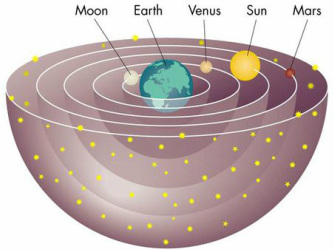
Above: In Nicolaus time, people believed in the Geocentric Model of the solar system which was the theory that the sun orbited the earth. Image from giantsofscience.weebly.com.
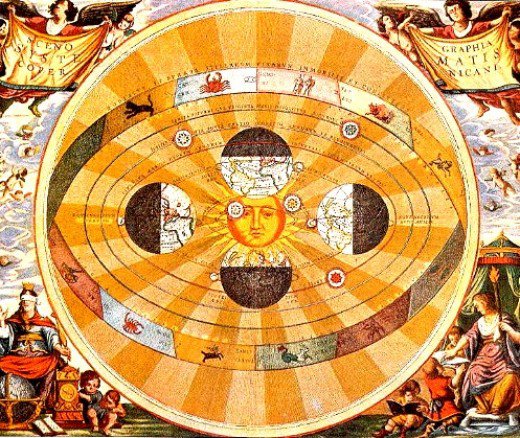
Above: An early heliocentric model of the universe.
Image from http://hubpages.com/education/Scientifis-Revolutions-Nicolaus-Copernicus.
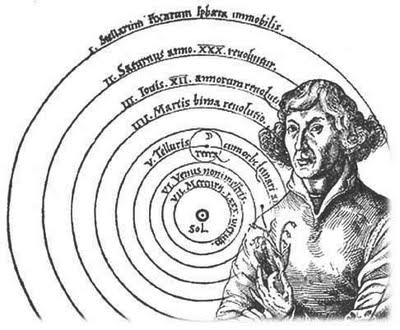
Above: An early heliocentric model of the universe.

Above: Statue of Copernicus next to Cracow University's Collegium Novum. Image from Wikipedia.
Nicolaus Copernicus was a Polish mathematician, astronomer and physician who formulated a model of the universe that placed the Sun, rather than the Earth, at the center of the universe. The "Sun-centered" system - was derived from the Greek word helios, meaning "Sun". Copernicus's theory had important consequences for later thinkers of the scientific revolution, including such major figures as Galileo, Kepler, Descartes and Newton.
In Copernicus's time most astronomers believed the theory of the Greek astronomer Ptolomy which was developed more than 1,000 years earllier. Ptolomy said the Earth was the center of the universe and was motionless. He believed all other heavenly bodies moved in a complicated pattern around the Earth. Copernicus felt that Ptolomy's theory was incorrect. Sometime between 1507 and 1515, he first circulated the principles of the heliocentric or Sun-centered astronomy. Copernicus concluded that every planet, including Earth revolved around the Sun. He also determined that Earth rotates daily on its axis.
The publication of this model in his book "On the Revolutions of the Celestial Spheres" just before his death in 1543 is considered a major event in the history of science, triggering the Copernican Revolution and making an important contribution to the Scientific Revolution.
In 1533, Johann Albrecht Widmannstetter delivered a series of lectures in Rome outlining Copernicus's theory. Pope Clemont VII and several Catholic cardinals heard the lectures and were interested in the theory. On November 1st 1536, Cardinal Nikolaus von Schonberg, Archibshop of Capua, wrote to Copernicus from Rome.